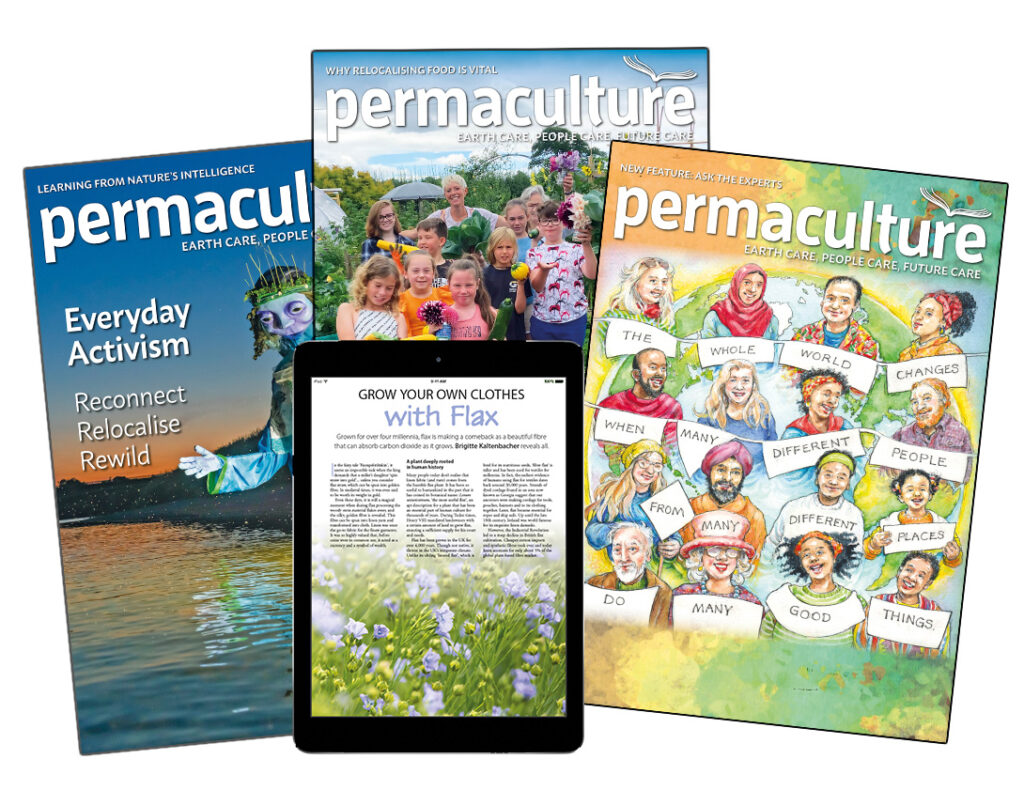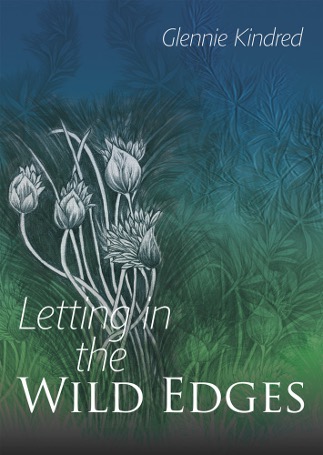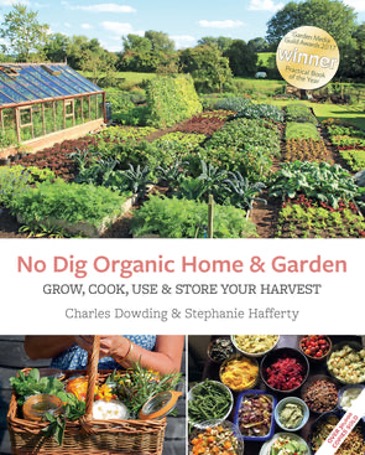The Autumn 2025 edition of the YACIO newsletter is here. Inside you’ll find;
- Photos from around our plots
- Over-wintering onions
- A call for research help
- A recipe for courgette chutney
- A guide to saving seeds
The Autumn 2025 edition of the YACIO newsletter is here. Inside you’ll find;
Caleb Morris a Master’s student at York University is carrying out some important research looking the feasibility of forming an Allotment Cooperative as an Urban Food System in York. As part of this research he would love to understand the opinions of allotment holders on the use and purposes of their allotments and produce. He is looking for 50 participants to complete an online survey which should take no more than 15 minutes to complete. Please visit: https://york.qualtrics.com/jfe/form/SV_7UL8pCAXXGYlscm
The Summer 2025 edition of the YACIO newsletter is here. Inside you’ll find;
The National Allotment Society is calling on all allotmenteers to help secure the future of allotments. They are calling for support for Amendment 4 to Clause 47 of the Planning and Infrastructure Bill, which would require councils to include a clear policy for allotment and community garden land in their spatial development strategies. This simple amendment will help protect and create these vital spaces.
“Without action, we could risk losing these valuable green spaces forever. Supporting this amendment will help safeguard allotments for future generations, promote healthier lifestyles, and strengthen communities.”
Please lend your support by contacting your MP and asking them to support Amendment 4 to Clause 47. You can download the letter the National Allotment Society have prepared and send it to your local MP to show your support and protect our allotments for the future.
We’re pleased to share details of some available allotments in Rufforth. There are currently 8 full plots available, with the potential to split two of the plots into half plots. Each full plot is 25M x 6M, with half plots 12.5M x 6M.
The rent for full plots is £35. A first year deposit of £35 is also required, which is returnable if the plot holder leaves and hands back the plot in good condition. Half plots are £18 + £18 deposit.
Sheds are not allowed but there is a large metal communal shed with individual tool hanging space for plot holders. This is a very high security shed with a police approved locking system, Anyone wishing to use it can rent a key, this is returnable if a plot holder leaves.
For more information, please contact Rufforth allotment Site Secretary, Graham Mathers on 01904 738128 or rufforthallotments@gmail.com
As we hasten into summer, enduring drought and scorching days (just 8mm of rain in 8 weeks), yet still in the phase of optimism for our plots and harvests to come, we arrive at the end of Plotlines.
It’s been good to think and to write month by month and the hope is that you’ve found it useful and perhaps even inspiring at times. So you can refer back to articles, here is an index for the last two and a bit years.
And just a few very select resources to follow on the Plotlines themes:

The wonderful Permaculture magazine: https://www.permaculture.co.uk/product/permaculture-magazine-subscription-direct-debit-only/


Secondly, two brilliant books:
Sustainable gardening on your allotment
| SERIES ONE | ||
| 2023 | ||
| 1. | Get going | March |
| 2. | Ode to April | April |
| 3. | “Of cabbages and kings” | April |
| 4. | Long days | May |
| 5. | “Water water everywhere…” | June |
| 6. | June drop | June |
| 7. | Live and let live | July |
| 8. | Past Present and Future | July |
| 9. | Waste not want not | August |
| 10. | Your best plot | August |
| 11. | Shifting Seasons | September |
| 12. | “Those Autumn Leaves” | October |
| 13. | Into the Dark | December |
| 2024 | ||
| 14. | New Year’s resolutions | January |
| 15. | Gardening for the climate and biodiversity crises | February |
| SERIES TWO | ||
| 1. | Compost | March |
| 2. | April thoughts | April |
| 3. | Weeds | May |
| 4. | Water | June |
| 5. | Fruit on your plot | July |
| 6. | Harvest | August |
| 7. | Seeds | September |
| 8. | Soil | October |
| 9. | Tools | November |
| 10. | Midwinter | December |
| 2025 | ||
| 11. | Permaculture | January |
| 12. | Fertility | February |
| SERIES THREE | ||
| 1. | Times and seasons | March |
| 2. | Edges and margins | April |
| 3. | Beltane | May |
The Avian Influenza Prevention Zone (AIPZ) housing measures for poultry & captive birds in England will be lifted from 00:01 on 15 May. If you intend to allow your birds outside after 15 May, take action now to prepare outside areas. As birds may have been housed for several months, there will be a 7 day transition period from 00:01 on 15 May until 00:01 on 22 May 2025 during which, where necessary, previously housed birds must be released gradually to minimise welfare issues. Keepers with any welfare concerns about their birds should speak to their vet. We would like to thank all bird keepers for playing their part in managing this disease. See GOV.UK for info: https://www.gov.uk/government/news/avian-influenza-prevention-zone-housing-measures-lifted. The AIPZ mandating biosecurity measures will remain in place across GB: www.gov.uk/bird-flu.
3. Beltane – early May
It’s the time of rapid greening and growth, of sowing and planting, of the excitement of masses of fruit tree blossom (and less wind and frost than in recent years), and the real shift in the energy of the year that this spring festival marks. Wildness and abundance and proliferation of insects and wild flowers bring a new sense of plenty and richness.
But perhaps that isn’t getting through to you, perhaps you’re just lamenting the finishing of winter crops and the notorious ‘green gap’ looming before our fresh summer crops are ready – unless, that is, you planned ahead well and have the first radishes and salads and spinach thinning and pea sprouts to enjoy.
Beltane brings many overlooked treats though, which can bring variety and excellent nourishment to our meals whether you’ve been planning or not: your plot edges may have wild native edible greens, medicinal herbs and flowers to enjoy in salads, as garnishes, as pestos or stirred into soups or egg dishes, or made into tonic vinegars: cleavers, chickweed, comfrey, dandelion, elderflowers, garlic mustard, hawthorn, mint, mullein, nettle, red clover, salad burnet and yarrow are all likely to be available. If you don’t recognise them confidently then check in a reliable book or use an online identification tool. They also offer a wonderful way of connecting to what is there on your land, rather than what ‘should’ be or ‘might’ be; an awareness of our place and the plants’ places. Recognising these wild gifts also helps us learn more about different areas of the plot: what likes shade, what likes damp, what seeks full sun, and what is happy growing with what.
The strong tonic herbs, like nettle, dandelion, cleavers and chickweed are best used before flowering, in cordials, tinctures or vinegars, and if you cut them down to use (or to enrich your compost) they will produce another crop later in the summer. Some of your planned crops may now be going to seed too: winter salads, like land cress and rocket and purslane and lambs’ lettuce will be in flower. Save a few plants to create seed pods which can be dried and the seed saved to sow in early autumn. But you can also enjoy the flowers right now in salads and sprinkled on stews or soups, adding colour and delight as well as wholesome nutrition. The flowers can also be infused in oil (a light organic almond oil is best) to make lineaments for common ailments. Chive flowers infused in organic apple cider vinegar turn it a lovely pink and is a nice addition to salad dressings.
So immerse yourself in this time of growing and relish the long evenings which give us a chance to work on our plots and really prepare for a rich harvests to come; keep up successional sowings of salad leaves and peas, make sure beans are supported, net just about everything against the pesky pigeons and mulch mulch mulch to keep the ground moist and the soil structure and organisms supported. Spring is here!
Views expressed in Plotlines are those of the author and do not necessarily reflect those of YACIO.
Edges and hedges, fences and boundaries. Often sites of contention on allotments if you and your neighbours don’t share the same gardening ethos, or (heaven forbid!) the authorities deem your precious hedge just that little bit too high or too overgrown…..Often, too, when people take on a new plot, one of the first things they do is start to define their territory and marking it somehow, rather than preparing the ground to get some crops going.
If you’re gardening with and for nature, then your boundaries should be permeable. A habitat hedge of prunings and dead wood provides a wonderful place for beetles and butterflies and even for small birds like wrens to make nests. A living hedge of native species provides even richer habitat and massively enhances the biodiversity on your plot. And many hedge plants are edible of course: hawthorn leaves are known as bread and butter because they have historically been regarded as such a valuable early spring food; later they have berries which you can enjoy in a mixed jam or jelly, leaving many for the birds, especially the thrush family. Dog rose has such beautiful simple flowers that you can use in salads, and again the hips can be used in so many ways in the kitchen as well as being food for the birds. Blackthorn gives us sloes in the late autumn and the flowers are some of the earliest to appear in early spring, providing nectar for early flying insects. Elder and crab apple are beautiful small trees traditionally found in hedges, and provide abundant food for humans and the more than human world. Cordial, fritters, jelly and jam, and medicinal benefits too: elder is a specific for respiratory conditions and a useful herb tea in fever and colds.
In the last 75 years, Britain has lost over 50% of its hedgerows. Hedges may be neglected and grow into a line of trees, losing the lower shrubby cover that is so important as shelter and food and movement routes for mammals, birds and insects. Or they may be over zealously managed and cut too often and to a uniform height, which reduces its value to wildlife and threatens the future of the hedge structure. You can see lots of examples of this in North Yorkshire farmland: gaps in hedges and a lack of lower dense growth. On allotment sites we have an opportunity to contribute in a small way to planting and looking after our hedges. There’s not much biodiversity in a fence or plastic siding material!
A key principle (the eleventh) in permaculture is to ‘use edges and value the margins’. If we think about it, that can apply in all sorts of settings in life, not just on the plot. It’s recognising the worth of people and plants and ideas and stories that aren’t at the center, aren’t the dominant theme. Like the harmony to a tune. Edges and margins are often where the interesting happens, the unexpected and unplanned. So in your hedge there may be goosegrass (cleavers, sticky willy) or nettles, which control freaks want to yank out, eliminate, remove entirely. But these are such valuable plants: they bind the structure of a hedge into a living habitat; they provide food for insects and food and medicine for us humans. (Maybe medicine for other creatures too: who knows?) Take an early cut of your nettles now and make a spring tonic soup; their deep roots will have drawn up valuable minerals from the soil to give us a boost after a winter or not so much really fresh food. Or dry them and use as a herb tea, mixed with mint for the flavour. Goosegrass is delicious in a pesto with other early spring ‘weeds’, like chickweed, wood sorrel, ground elder, burnet.
The same principles apply to your growing beds: there don’t have to be regimented straight lines demarcating this area from that; what interesting flowers or herbs (‘weeds’ again) might pop up on the edges! Seedlings from last year that you didn’t expect: calendula, forget-me-nots, fumitory, poppies, speedwell, clovers, scarlet pimpernel…..abundant variety, joyous profusion, there on the margins of your planning.
So make friends with all those who are on and close to your plot, and enjoy sharing that marginal territory.
Views expressed in Plotlines are those of the author and do not necessarily reflect those of YACIO.
“To everything there is a season, a time to plant, and a time to pluck up that which is planted…. a time to break down, and a time to build up…..a time to weep, and a time to laugh ….a time to get, and a time to lose…..” (King James Bible, Ecclesiastes 3:1-8)
Food growing, allotmenteering: a science or an art? Or a bit of both? What kind of knowledge do we need to acquire in order to be effective ‘good’ gardeners? How do we know when to start sowing this new season? How do we learn from our mistakes and other people’s successes so there is more laughing and satisfaction and less weeping and frustration?
So what is the ‘right’ time to get started in this new season? What should you be doing first? Hopefully you got all your ground preparation done last year, and your gorgeous soil is ready under cardboard or mulch, just waiting for some warmth (aren’t we all….). Maybe you sowed some sweet peas and broad beans last month; that often works well for crops a few weeks earlier than those sown next month, but this year the last weeks have been so cold their growth will have been checked and you risk them dying, or struggling and getting too leggy. Maybe you are having pangs of regret for what you haven’t done! If you still haven’t pruned your soft or top fruit you will probably be aware that you are really (too) late now! Early spring isn’t the time; that’s when scientific knowledge comes in. Bushes and trees will already be putting on growth so you’ll be pruning away all that new energy that would otherwise be going into fruit buds. Similarly, if you never got around to cutting hedges and pruning hedgerow trees, you’re fast running out of time. We share our plots with other living beings and from the beginning of March birds are prospecting for nests. ‘Wild birds’ nests are protected from intentional damage, destruction or removal when they are in use or being built’ (Wildlife and Countryside Act 1981); ie. you’re breaking the law to cut now if there’s any signs of activity! There are five months of the year available for hedge and tree work, so plenty of opportunity for timely work. And likewise, if you didn’t divide your pond plants and scoop out dead leaves over the winter, it’s too late for this season as all those watery beings will be getting busy in their home there.
Observation is key. So keeping records of when you sow and plant and how productive those efforts were begins to form your own almanac of what to do when. But of course the seasons are not what they were even five years ago; our climate is changing, is less predictable, and shows less of a knowable pattern. Will we endure another cold March? Another soaking April? A drought in July? Nonetheless, your own observation of your own patch of earth, your allotment, is still a better guide to what to do when than the books you might read, or the instructions on seed packets (how can they be right for the whole of Britain….?). If you keep a record of your losses as well as your gettings you’ll be able to adjust year on year and learn what works in your location.
Other observations are helpful guides too, and let us feel more connected to our own little plots. Once annual weeds start to show, it’s an indication that green life is emerging out of the quiet of winter. Cleavers, or goosegrass as some call it, is one of the first to show, and incidentally provides a tasty addition to scant salads at this time of year. The first ladybirds are a sure sign of spring and tell us that other invertebrate creatures are, we really hope, also getting out and about. The first nettles show an intense deep green that just shouts their high vitamin and mineral content; so root them out if you need to, but make sure to enjoy a few fresh delicious nettle soups as a spring tonic for your system.
Views expressed in Plotlines are those of the author and do not necessarily reflect those of YACIO.